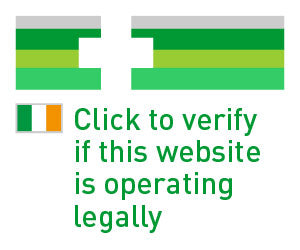Urinary Incontinence After Childbirth

Incontinence is a common problem during pregnancy and following childbirth. This can be either urinary incontinence or bowel incontinence. According to the HSE, 1 in 13 women following childbirth suffer with leaking from the back passage and 1 in 6 women will pass wind without being able to control it following childbirth. This can have a significant impact on your quality of life and your daily activities.
Urinary Incontinence After Childbirth
Hormonal changes during pregnancy together with the increasing weight of the baby stretch the pelvic floor muscles which cause them to become weaker and may lead to incontinence. A Tear or an episiotomy of the pelvic floor during childbirth can also weaken the pelvic floor muscle.
The Pelvic Floor Muscle:
The pelvic floor muscles provide a ‘hammock’ or ‘sling’ at the base of the pelvis that supports the bladder, vagina, womb, and rectum in women and helps to keep the openings of the bladder and back passage closed
Being pregnant and giving birth can weaken the muscles that control the flow of urine from your bladder. If you're pregnant, strengthening your pelvic floor muscles may help prevent urinary incontinence.
Non-Surgical Treatment Methods:
Non-surgical treatment is usually managed by your GP along with a continence nurse advisor, physiotherapist, or other allied health professionals.
- Lifestyle changes: Your GP may advise reducing your caffeine intake, maintaining a healthy weight, and regulating how much fluid you are consuming daily.
- Pelvic floor muscle training: Exercising these muscles can strengthen them. Women who complete pelvic floor muscle training experience fewer issues with leakage.
- Bladder training: You may be offered bladder training if you have urge incontinence. This and pelvic floor muscle training can be recommended for mixed urinary incontinence. You’ll learn techniques to increase the length of time between feeling the need to pee.
Incontinence products to use while waiting for treatment to take effect:
- Absorbent products, such as incontinence pants or pads
- Handheld urinals
- A catheter, a thin tube that is inserted into your bladder to drain urine
- Devices that are placed into the vagina or urethra to prevent urine leakage.
References:
10 truths: leaking urine in pregnancy and after birth | NCT
caring-for-your-bladder-and-bowel-after-pregnancy-and-childbirth-leaflet.pdf (hse.ie)
Urinary incontinence - Overview - HSE.ie
Urinary incontinence - NHS (www.nhs.uk)L



